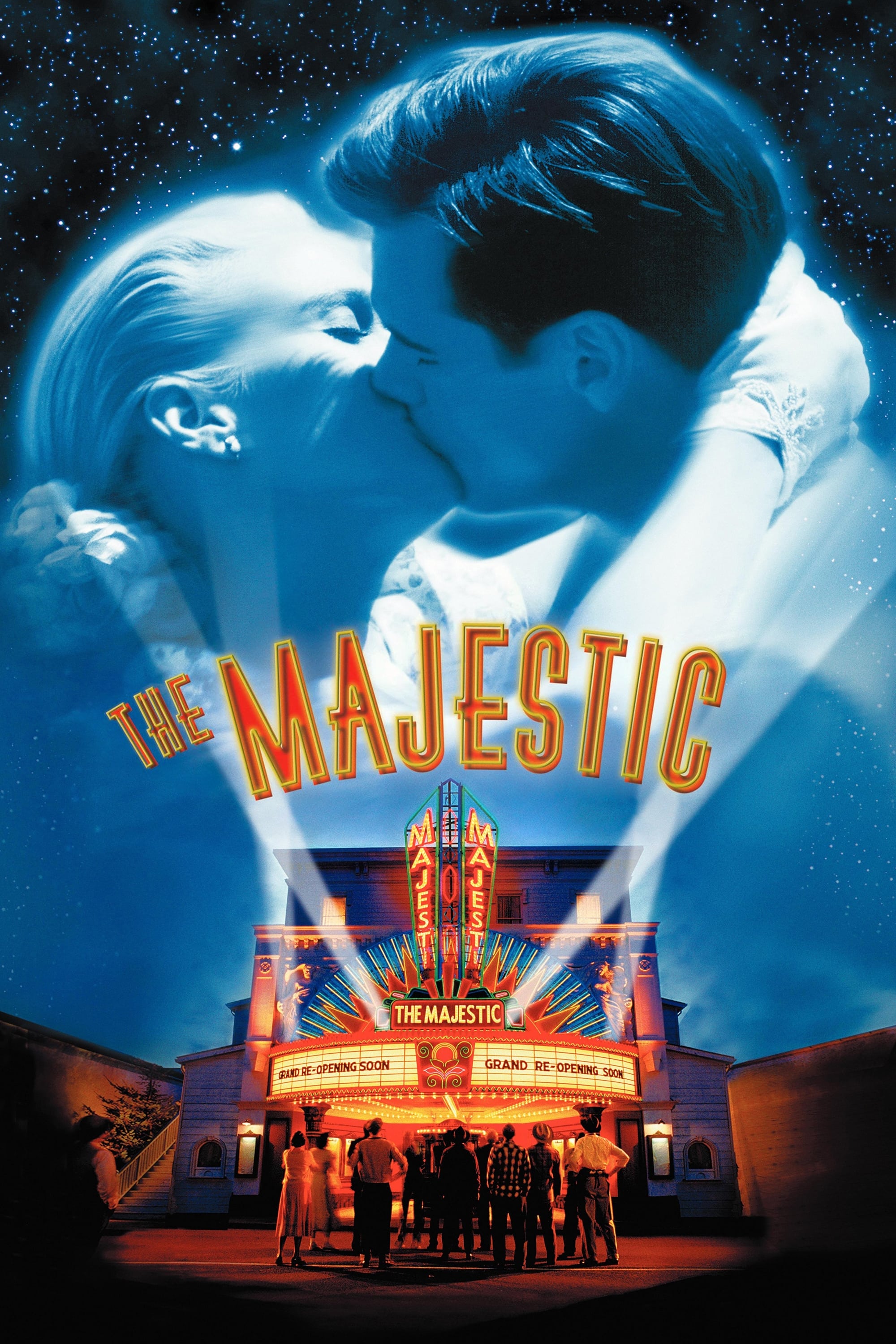
This documentary brings alive a remarkable artist’s passionate journey through a turbulent century. Both epic and surprisingly intimate, the film presents a classic American immigrant saga, an inspiring search for artistic independence, and a great romance. Along the way, Biberman's growing commitment to social justice and struggle against McCarthy-era repression (his brother, director Herbert Biberman, went to prison as one of The Hollywood Ten) combine with his efforts to create both a loving family life and a groundbreaking body of work. With its grand scope, rich personalities, and vast array of breathtaking artwork, Brush With Life connects us in a deeply personal way to a brilliant artist who lived by the same high standards he set for his paintings.

Set in 1951, a blacklisted Hollywood writer gets into a car accident, loses his memory and settles down in a small town where he is mistaken for a long-lost son.
From Wikipedia, the free encyclopedia Herbert J. Biberman (March 4, 1900 – June 30, 1971), was an American screenwriter and film director. He may be best known for having been one of the Hollywood Ten as well as directing Salt of the Earth, a 1954 film about a zinc miners' strike in Grant County, New Mexico. He was born in Philadelphia, Pennsylvania, to Joseph and Eva Biberman. Biberman's pre-blacklist career included writing such films as King of Chinatown, When Tomorrow Comes, Action in Arabia, The Master Race, and New Orleans, as well as directing such films as One Way Ticket, Meet Nero Wolfe, and The Master Race. He married actress Gale Sondergaard in 1930; the marriage endured until Biberman's death. Herbert Biberman died from bone cancer in 1971 in New York City. Brother of American artist, Edward Biberman. Description above from the Wikipedia article Herbert Biberman, licensed under CC-BY-SA, full list of contributors on Wikipedia.
By browsing this website, you accept our cookies policy.